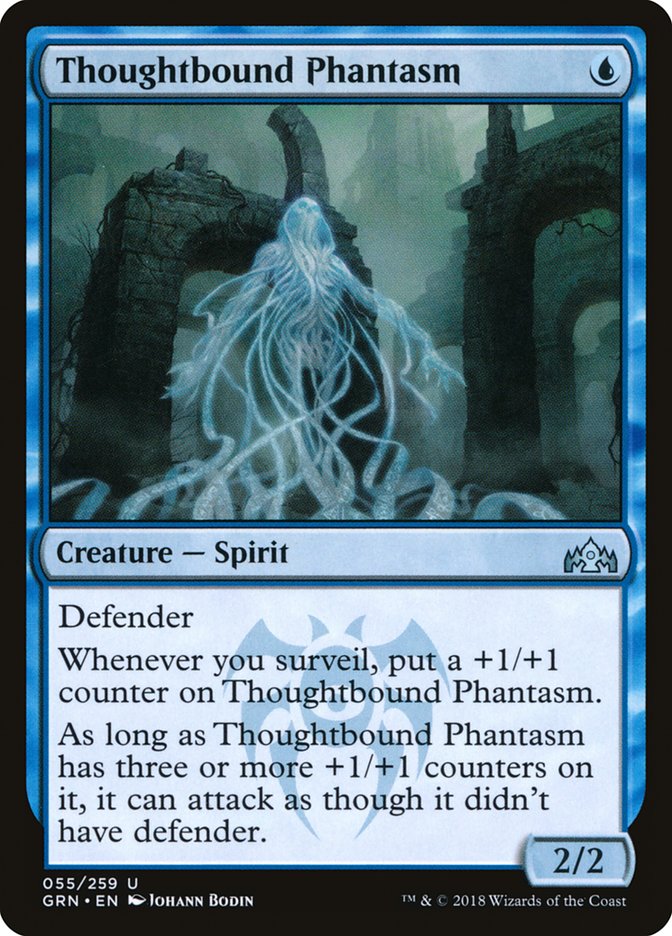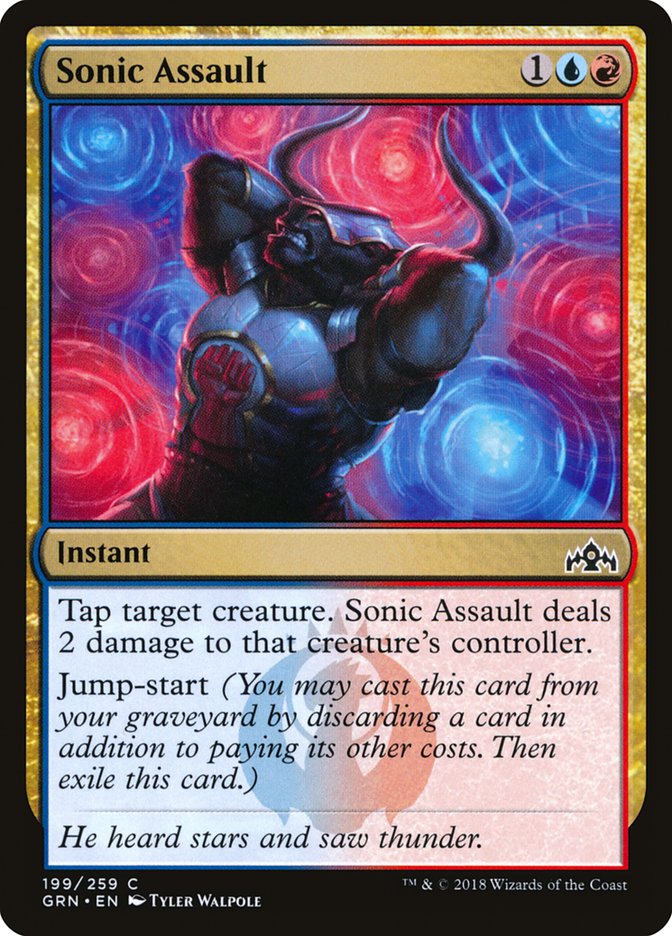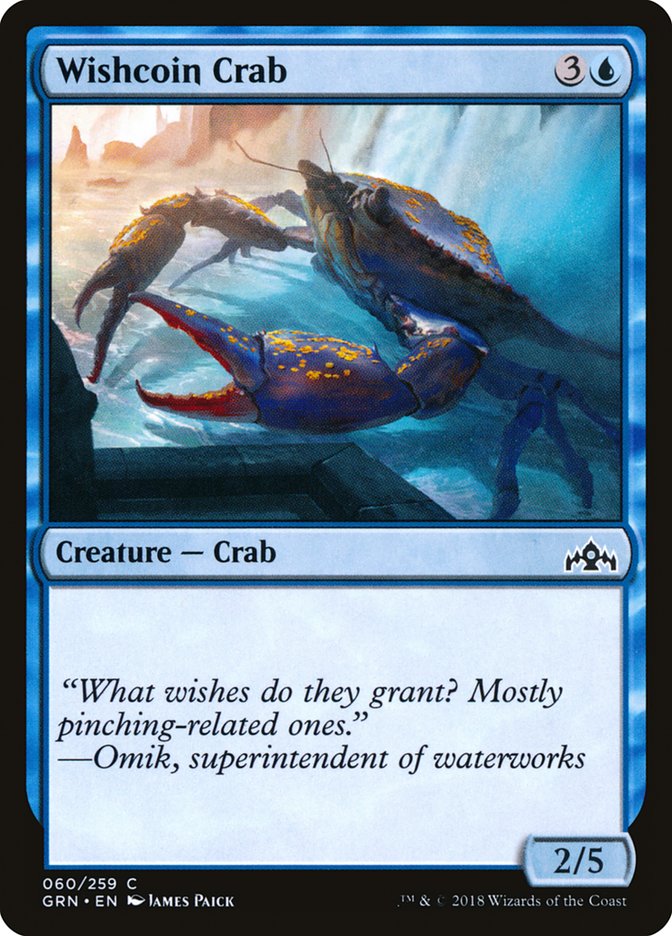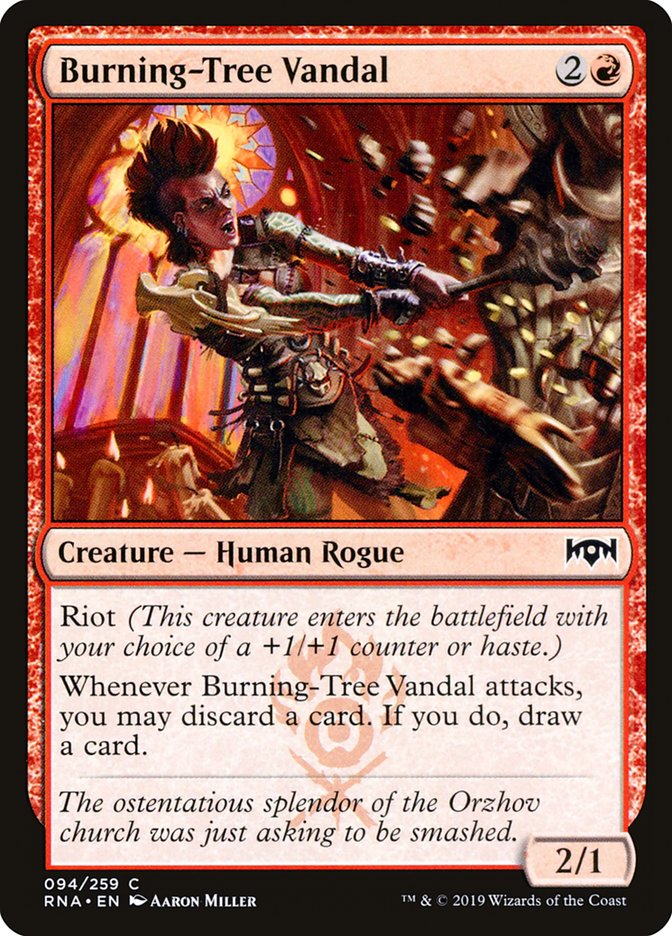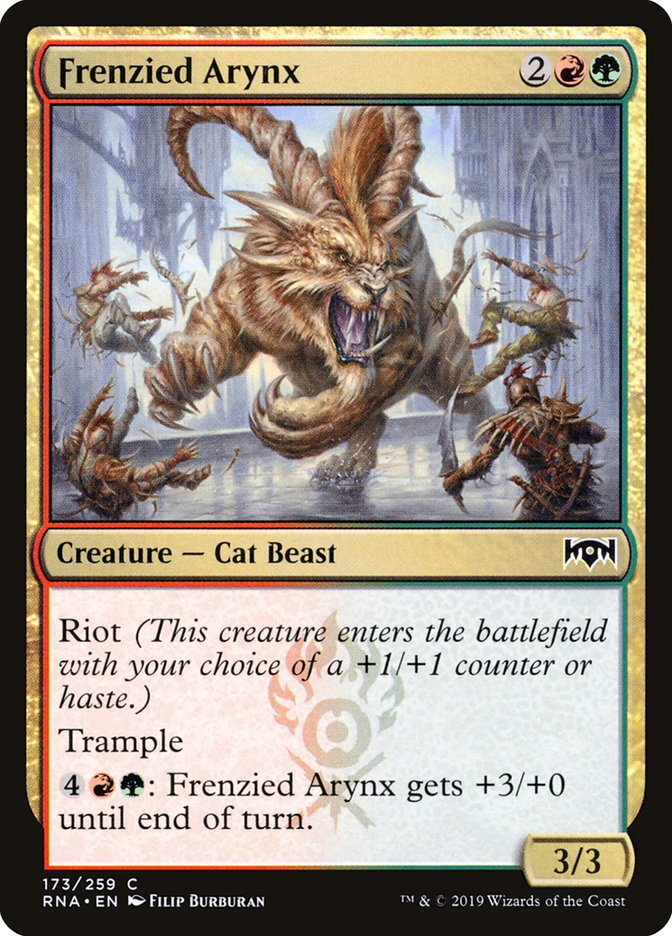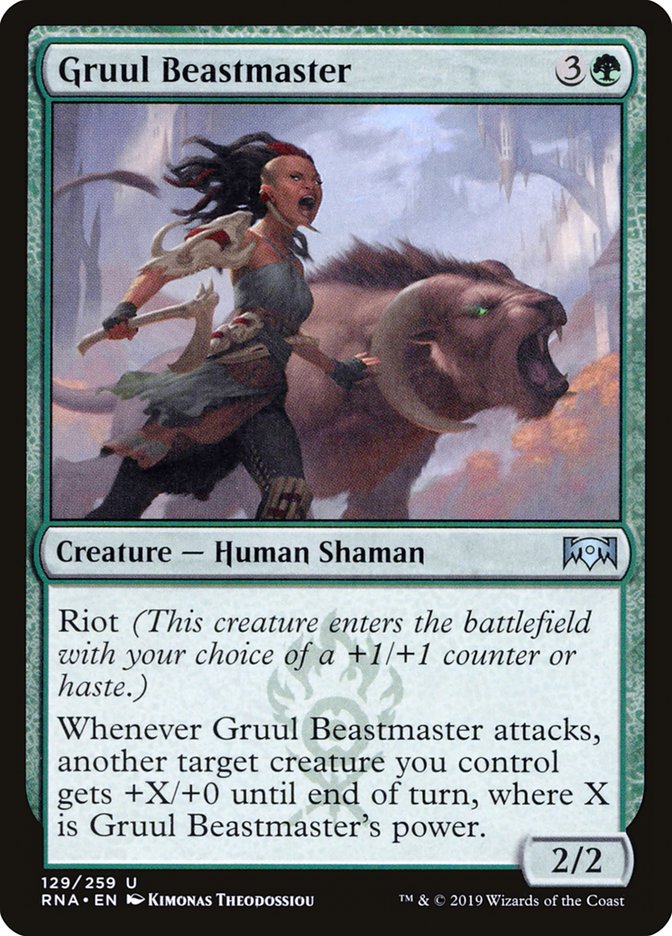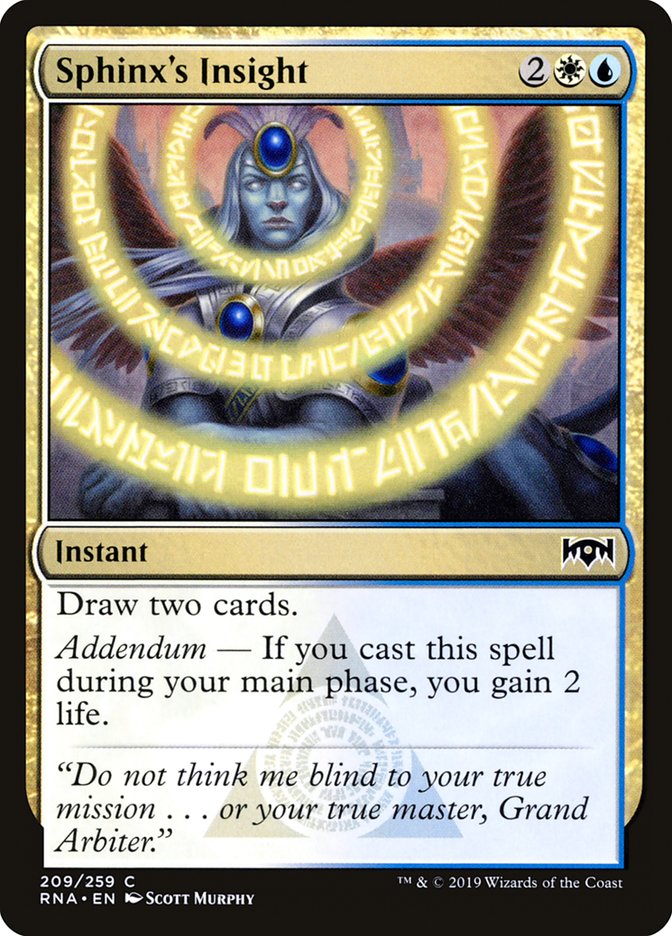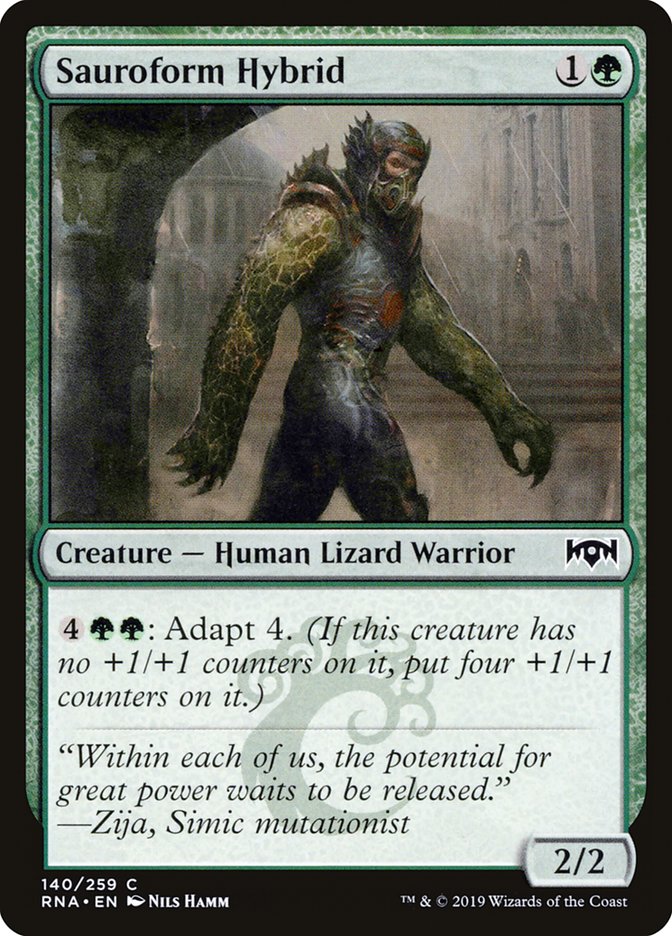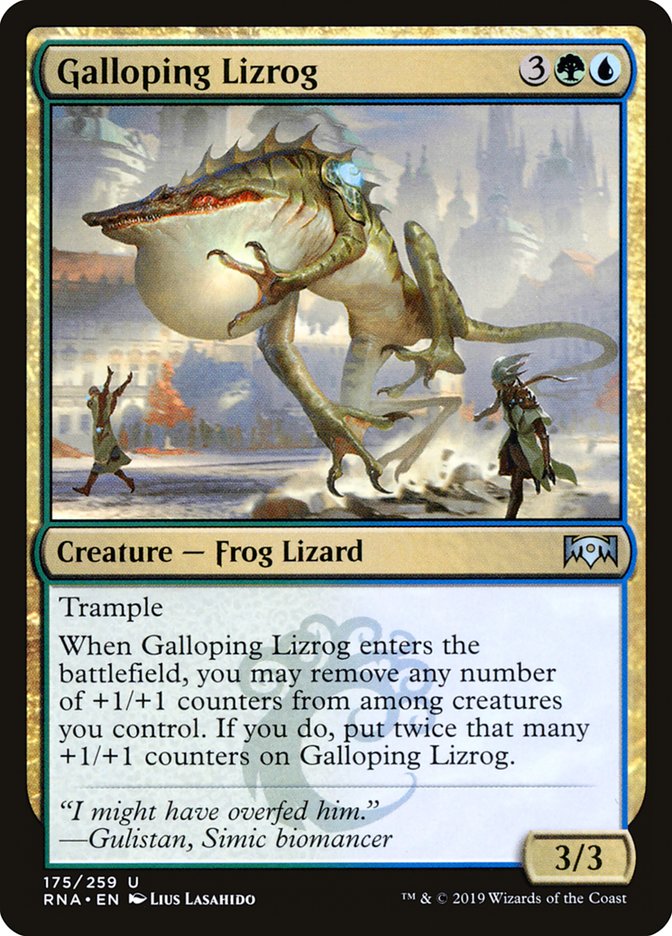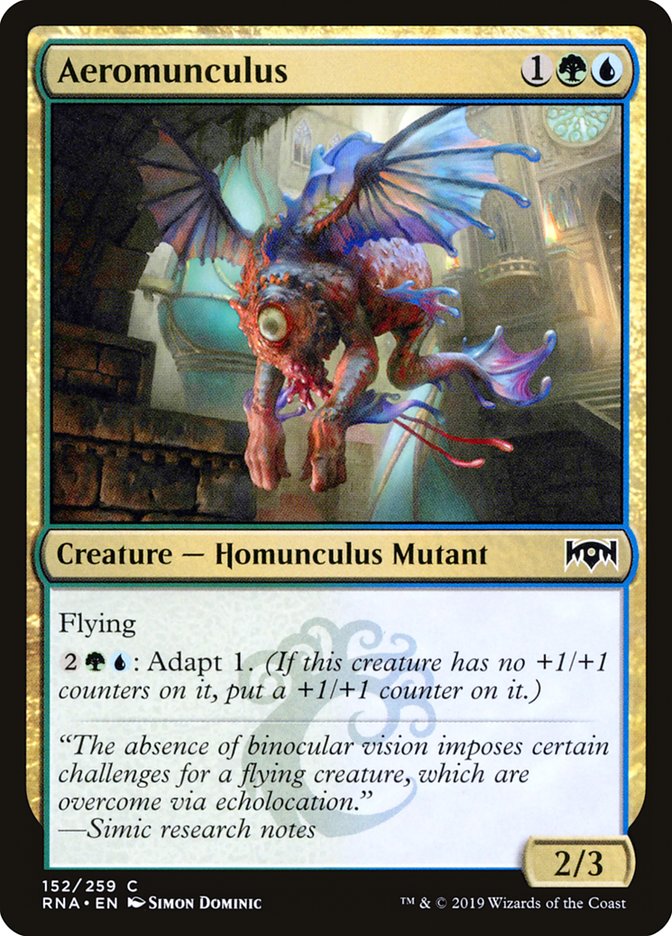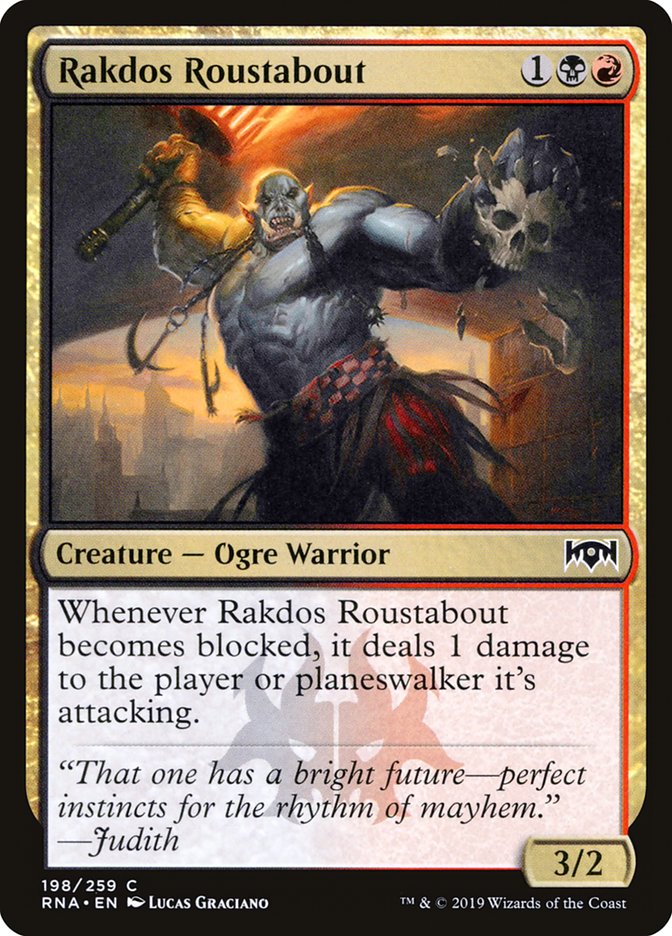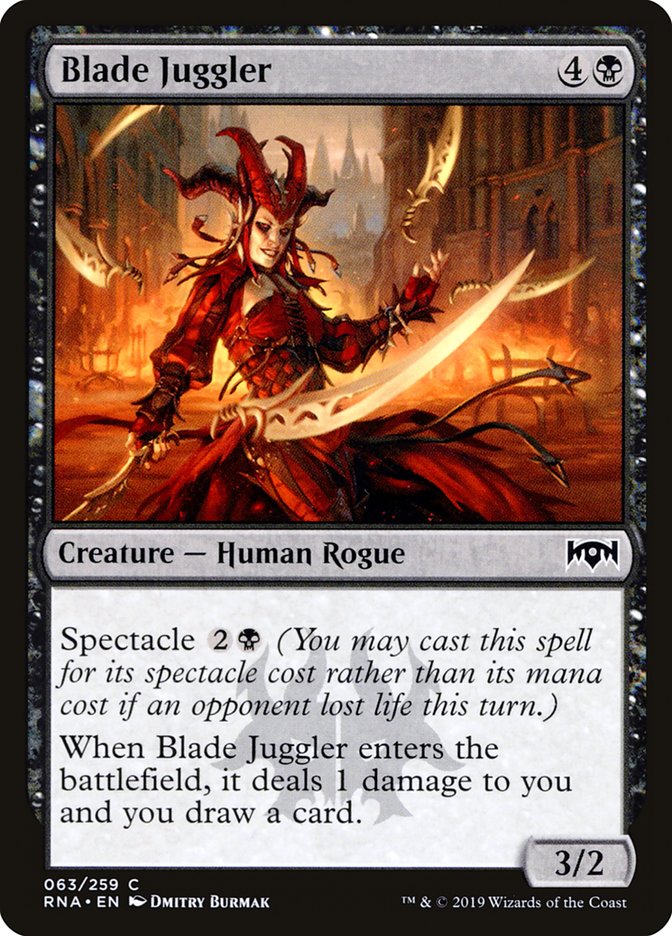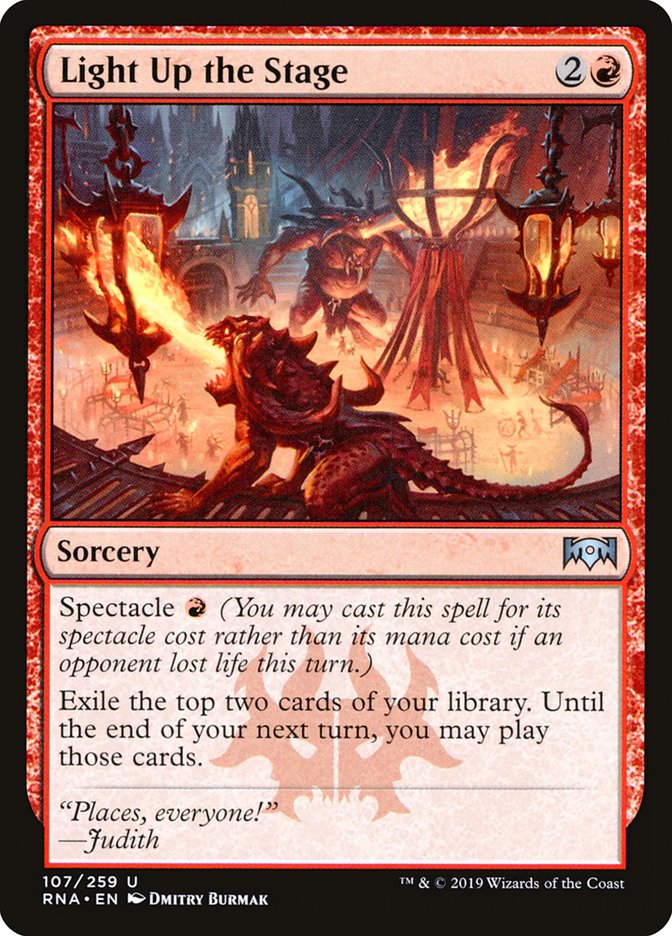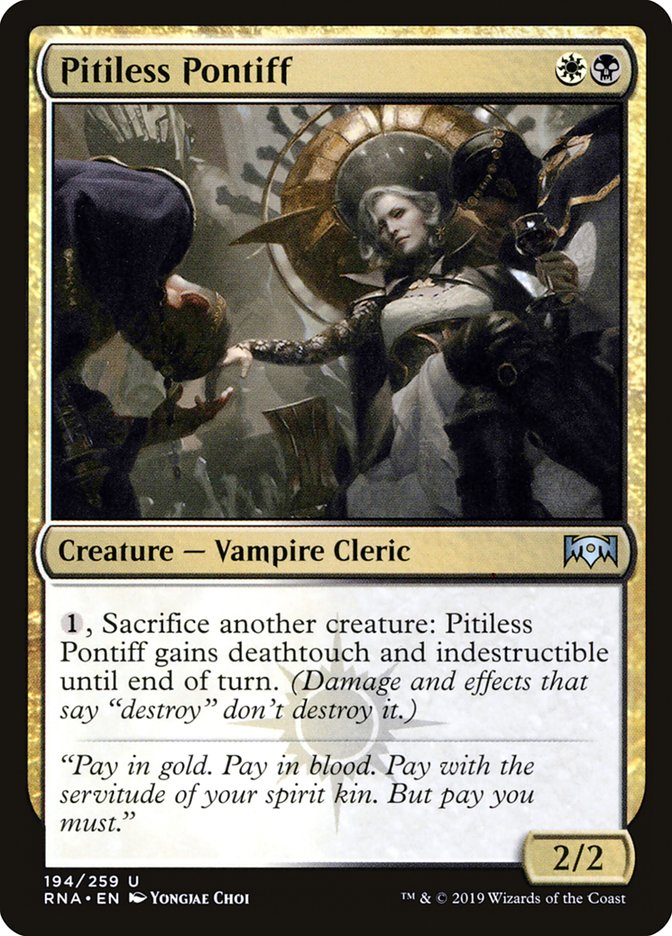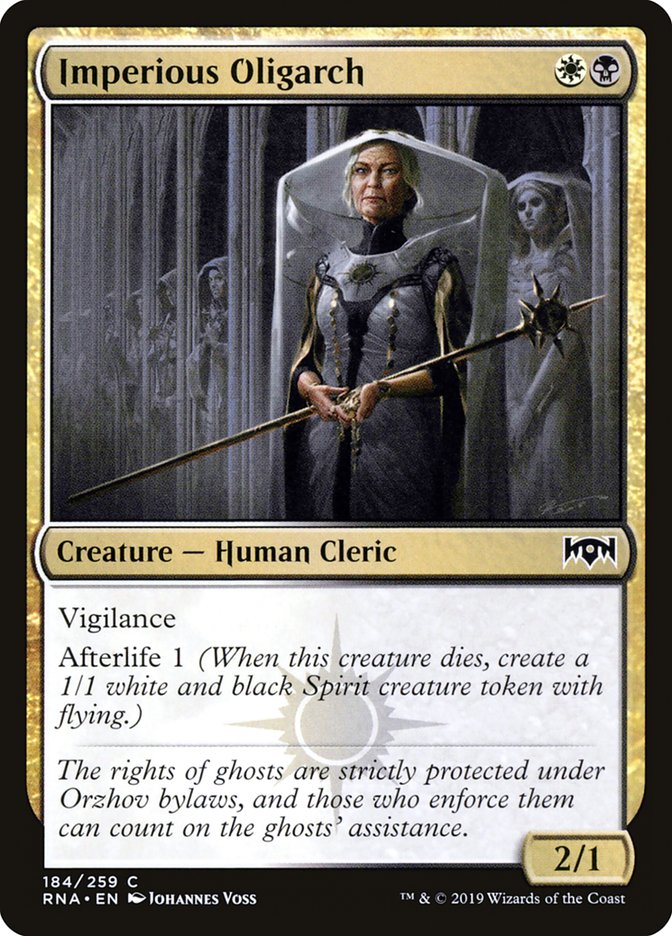Evaluating new cards and new mechanics is hard. It’s also one of the best
ways to get an edge early on in a Limited format. At the beginning of Guilds of Ravnica Draft, Experimental Frenzy would go around the
whole table. Turned out that card was one of the best cards in the entire
set. Thoughtbound Phantasm would go late. Sonic Assault wasn’t considered
playable. Same with Wishcoin Crab.
As the format developed, all these cards became very important in specific
archetypes. It can be difficult to properly evaluate a card like Wishcoin
Crab without the full context of the set. It turned out that there were
enough two-toughness creatures that the Crab really made combat difficult
and that there were not many ways to get through a five-toughness blocker.
While we haven’t seen enough of the set – especially the commons – to
evaluate cards within the context of the environment, we can start the
process of evaluation with what the guild mechanics mean for the format and
how they interact with each other.
Riot
I believe riot will be a format-warping mechanic. This set is going to have
more creatures with haste than maybe any format we’ve seen. 60% of
archetypes (technically more thanks to the Gate deck) will have access to
haste creatures at low rarities. Keep this in mind when playing a game. If
you’re at two life and in a topdeck war, you may not be able to attack
because the probability of a haste creature is high. This isn’t usually the
case, and I expect it to drastically impact archetypal design.
Frenzied Arnyx is quite the common. A 4/4 trample for four with a relevant
activated ability will almost always be good. And if you need to push
damage, the 3/3 haste mode will end the game. I expect Gruul to be filled
with cards like this. With Zhur-Taa Goblin, it’s possible to curve haste
creature into haste creature into haste creature. I think you get the
point; just be careful when trying to race Gruul.
I also expect the existence of riot to mean you can never choose to draw in
this format. The play-draw decision comes up in every format, and while
it’s often correct to choose to play, there are plenty of exceptions to the
rule. If you have a bunch of early plays like Dead Weight and Thoughtbound
Phantasm in your Dimir deck, feel free to choose to draw. Haste creatures
on the play can put your opponents so far behind. One of the reasons that
Dead Weight lets you choose to draw is that it’s very cheap interaction
where you usually end up on mana and don’t take damage from the card. Well,
a haste creature is going to get in for at least one hit. Maybe there will
be multiple cards like Shock to mitigate this, but we tend not to get
cheap, instant speed removal anymore.
Addendum
Addendum is a hard mechanic to evaluate without playing with it. We haven’t
even seen many cards at lower rarity yet with the mechanic. The important
thing to understand is that the set is designed with this in mind. I expect
Azorius to have access to creatures with flash and many instants without
addendum, such as Deploy.
The dance between addendum and riot may be a key to understanding the
format. With the density of potential haste creatures, casting a card at
sorcery speed for an upside has additional risk. I imagine Sphinx’s Insight
will be one of the easier cards to play with. If you don’t have something
else to do with your mana, cast it at sorcery speed. If you can interact,
then hold up interaction. Two life is not the bonus I’m looking for, but
the card is certainly still playable. Other cards with a bit more upside
can cause a real headache to play with given all the haste creatures
running around.
Hopefully there will be more to say about this mechanic once we see more
cards.
Adapt
Adapt is pretty much just a more flexible take on monstrous from Theros. I don’t know if we will get Bioshift, but be on the
lookout for ways to remove counters–like Galloping Lizrog–to gain maximum
value from adapt.
Wow is Aeromunculus a solid common. A 2/3 flier for three is a fantastic
rate, and the ability to turn it into a 3/4 at instant speed is nothing to
scoff at. If we see more cards like this, Simic is going to be quite the
archetype. There are already a good chunk of ways to manipulate counters
and the more the merrier. Biogenic Upgrade can create three huge monsters
if you’ve adapted, Titanic Brawl could just be fantastic if it’s
consistently one mana, and there’s even a card like Weaver of Currents [ Editor’s Note: Card’s name is unofficial as of this publishing.]
to help spend all this mana on adapt.
Furthermore, adapt perfectly synergizes with both addendum and riot. Well,
the mechanic doesn’t really synergize, but the way the Limited environment
is designed will. Addendum means that there will be plenty of cards to cast
at instant speed, which makes activated abilities like adapt much better.
And riot creates a larger density of creatures with +1/+1 counters to
synergize here. I imagine that Bolrac-Clan Crusher will be quite the card
in Temur.
Spectacle
Spectacle is another mechanic that’s hard to comprehend without full
context. Will there be lots of evasive early creatures in black and red?
Will there be many ways to guarantee loss of life even if attacks aren’t
good? Looking at the cards we’ve seen so far, this will be very important.
Many are quite bad if you’re casting them for their normal cost but very
good for their spectacle cost.
Rakdos Roustabout may be the linchpin of the Rakdos archetype. A 3/2 for
three is below rate, but turning on spectacle whenever it attacks is so
important. A problem I see with this mechanic is that if you’re banking on
combat to facilitate spectacle, you’re giving your opponent too much
agency. If your opponent kills your random three-drop, that’s fine, and the
three power means it should trade in combat (although it will trade down a
reasonable portion of the time). However, given how cheap spectacle costs
look, it may provide a pretty big mana/tempo boost.
Another thing to look for that may contribute to the success of Rakdos is
cheap creatures with riot. A haste creature greatly increases the
probability you can do damage in the combat step. Imagine a turn where you
play a 2/2 haste,
get in for some damage, and can also cast your Blade
Juggler to put another creature on the battlefield and draw a card. I’m
hoping that there’s enough cheap critters that push damage like this for
Rakdos to be able to deal damage on a variety of axes, making the
aggressive deck a menace to be wary of!
Afterlife
Afterlife gives riot a run for its money for the best Limited mechanic in
the set. A 1/1 flier isn’t worth a full card in most Limited formats, but
it’s not that far off. Afterlife 1 tacked onto any random body is likely
enough to make it solid in Limited. And God forbid a reasonable creature
has afterlife 2 or 3. More importantly, I imagine that this makes cards
that clean up excess one-toughness creatures more reasonable inclusions.
Especially Cry of the Carnarium, as that won’t even let your opponent
trigger afterlife.
The vigilance on Imperious Oligarch is unassuming but a key aspect to why
the card is so powerful. Afterlife is a mechanic that naturally works
better on blocks. Your opponent can always choose to take the damage and
not trade with the card, but they don’t have as much luxury here when
they’re the one attacking. Vigilance on this two-drop makes it the perfect
curve creature in any Orzhov deck.
Additionally, ways to sacrifice creatures become powerful in Orzhov. A 1/1
flier isn’t worth much at the beginning of a game, but once your opponent
is at a lower life total, those little critters get the job done. I imagine
Pitiless Pontiff won’t be the only sacrifice outlet and that they will play
important roles. This may also be the key to success in Mardu since 1/1
fliers are so good at turning on spectacle!


